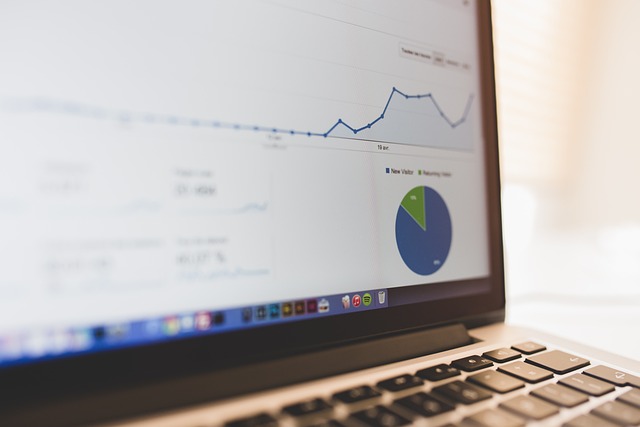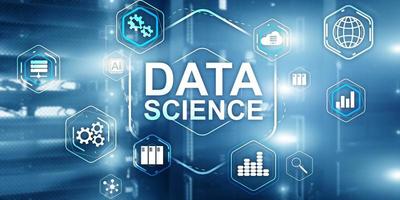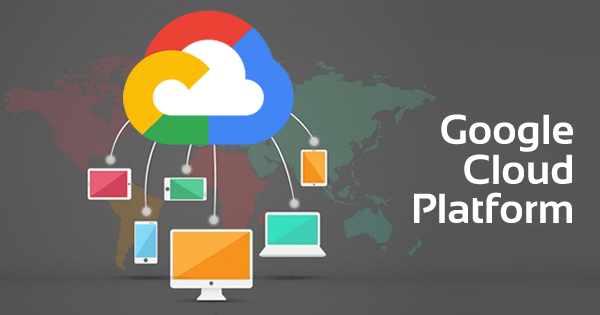In today’s tech-driven world, data is king. It powers decisions, fuels innovation, and transforms industries. At the heart of this data revolution are two critical roles—big data engineering and data science. Both are essential, yet distinct, fields that provide exciting opportunities for tech professionals. But what happens when you’re a big data engineer considering a shift to data science? Is it the right move? This blog post will explore the nuances of both fields, compare roles and responsibilities, and provide guidance for those contemplating a career transition.
The Rise of Data in Technology
Across industries, data continues to grow exponentially. From healthcare to finance, organizations rely on data-driven insights to stay competitive. This explosion of data has given rise to two key roles—big data engineers and data scientists. While both work with data, their functions and goals differ significantly. Big data engineering focuses on building and maintaining the infrastructure necessary for data collection, storage, and processing. On the other hand, data science revolves around analyzing and interpreting data to extract meaningful insights.
Despite their differences, both roles share a common goal—to harness the power of data. Understanding the unique contributions of each can help you determine which path aligns best with your career aspirations.
Comparing Roles and Responsibilities
Understanding Big Data Engineering
Big data engineers are the architects of data systems. They design and build the frameworks that allow data to be collected, stored, and processed at scale. Their tasks include developing data pipelines, ensuring data quality, and optimizing data flow. A deep understanding of programming languages like Java, Python, or Scala, along with expertise in data processing frameworks such as Apache Hadoop and Apache Spark, is essential for success in this field.
Big data engineers are problem solvers. They tackle challenges related to data storage, scalability, and integration. Their work ensures that data scientists have access to clean, reliable data for analysis.
Exploring Data Science
In contrast, data scientists are the detectives of the data world. They use statistical and machine learning techniques to sift through vast amounts of data, uncovering patterns and insights. Their responsibilities include data cleaning, exploratory analysis, and model building. Proficiency in programming languages like Python or R, along with a strong foundation in statistics and machine learning, is crucial for data scientists.
Data scientists transform data into actionable insights. They help organizations make informed decisions, predict trends, and solve complex problems. Their work is often more exploratory and creative than that of big data engineers.
Insights from Industry Experts
Bridging the Gap Between Fields
The crossover between big data engineering and data science is becoming increasingly common. Both fields are interconnected and benefit from collaboration. Industry experts highlight the value of understanding both domains. A big data engineer with data science skills can better design systems that meet analytical needs. Similarly, a data scientist with engineering knowledge can optimize model deployment and data processing.
Skills for Cross-Disciplinary Success
Industry professionals emphasize the importance of continuous learning. For big data engineers looking to transition to data science, acquiring skills in statistical analysis, machine learning, and data visualization is essential. Online courses, workshops, and certifications can bridge knowledge gaps and bolster your expertise.
Pros and Cons of Transitioning
Advantages of a Data Science Move
Transitioning from big data engineering to data science offers several benefits. First, data science is a field of discovery and innovation. It allows you to explore diverse datasets, apply advanced algorithms, and contribute to impactful projects. The demand for data scientists continues to grow, offering ample job opportunities and competitive salaries.
Additionally, data science offers more variety in daily tasks. You can work on different projects, from predictive modeling to natural language processing. This diversity keeps the work engaging and intellectually stimulating.
Challenges to Consider
However, transitioning to data science is not without challenges. The learning curve can be steep, especially if you lack a strong background in statistics or machine learning. Building expertise in these areas requires dedication and time.
Furthermore, data science projects can be less predictable than engineering tasks. The exploratory nature of data science means that projects may not always yield expected results, requiring adaptability and creativity.
Practical Advice for Career Changers
Setting Realistic Goals
For a successful transition, set clear and achievable goals. Identify the skills you need to acquire and create a learning plan. Start with foundational concepts and gradually progress to more advanced topics.
Networking with professionals in data science can provide valuable insights and guidance. Attend industry events, join online communities, and seek mentorship opportunities. Learning from those who have successfully made the transition can accelerate your progress.
Leveraging Transferable Skills
Don’t underestimate the value of transferable skills. Your experience in big data engineering provides a strong foundation. Skills in programming, data manipulation, and problem-solving are highly relevant in data science. Highlight these skills in your resume and during interviews to demonstrate your readiness for the new role.
Case Studies of Successful Transitions
Real-World Examples
Consider the story of Sarah, a big data engineer who transitioned to data science. With a passion for analytics, she pursued online courses in machine learning and statistics. She also participated in data science competitions to gain practical experience. Today, Sarah works as a data scientist at a leading tech company, applying her engineering expertise to drive impactful insights.
Similarly, John, another big data engineer, leveraged his programming skills to excel in data science. By focusing on machine learning projects and collaborating with data scientists, he successfully shifted his career path.
Conclusion
Transitioning from big data engineering to data science is an exciting opportunity for growth and innovation. Both fields play vital roles in the data revolution, each offering unique challenges and rewards. By understanding the similarities and differences between these roles and acquiring the necessary skills, you can make an informed decision about your career path.
The transition may require dedication and effort, but the potential for personal and professional growth is immense. Whether you choose to remain in big data engineering or venture into data science, the key is continuous learning and adaptability.
For those considering the switch, we encourage you to explore educational resources, network with industry professionals, and seek mentorship. Remember, your experience in big data engineering is a valuable asset that can enrich your data science journey.
Share Your Journey
We’d love to hear from you! If you’ve experienced a similar transition or are considering one, share your insights and experiences in the comments section below. Your story could inspire fellow professionals on their career journeys.
























